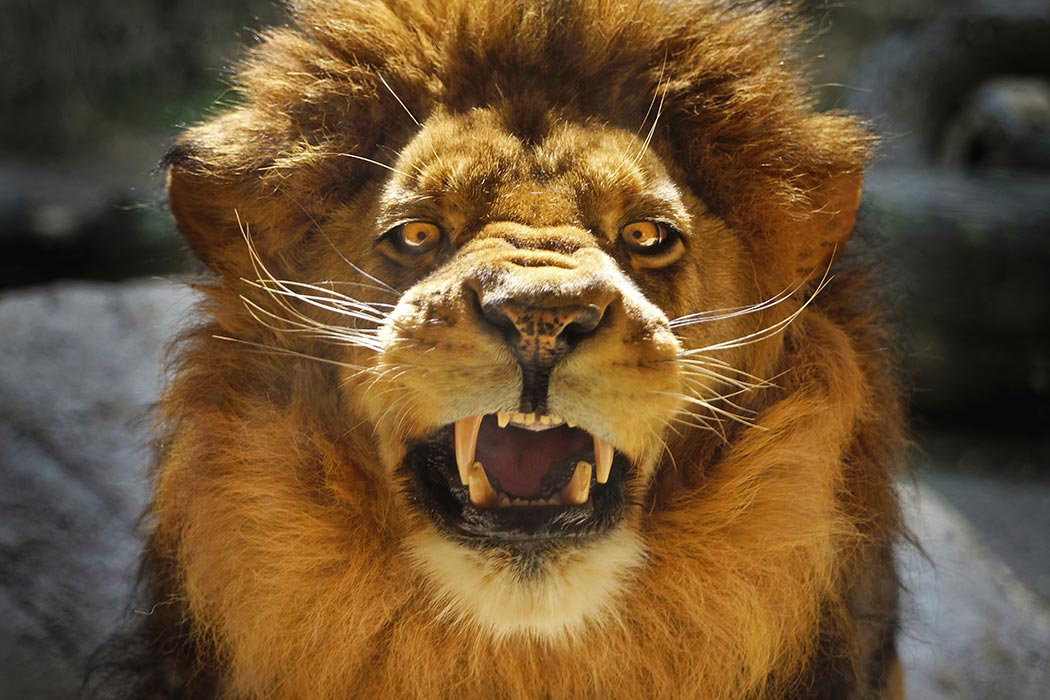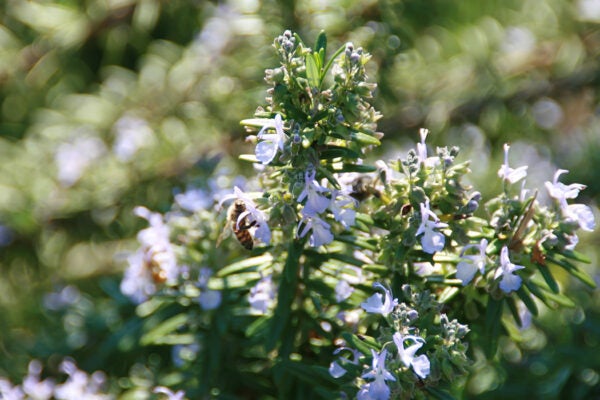Wild animal attacks are rare, but when they happen, human actions are frequently responsible, according to a new study. Threatening acts like feeding bears or trying to take a selfie with a bear are clearly bad life choices, but more commonplace activities can be equally provocative: walking with a dog off-leash, hiking after dark, or leaving children unattended. Attacks have serious consequences, for they can be fatal for both human and animal. Fortunately, these situations can easily be prevented.
There is a surprisingly broad body of literature on animal attacks, covering bears, cougars, coyotes, even gorillas. One especially robust study examined 110 years of fatal encounters with one of North America’s most common predators, the black bear.
The study noted that bear attacks have slowly increased in tandem with the growth of both human and bear populations, but fatal bear attacks are extremely rare—with 63 fatalities from 59 incidents in the past 110 years. However, the circumstances of attacks are not always what you might assume.
Most attacks, it turns out, are the work of adult male bears acting in their capacity as predators—they sought out humans to eat. The victims did not in fact provoke these attack in any way, and adults were just as likely to be victims as children (which is not the case with cougars, so keep your kids close). Contrary to popular belief, female black bears with cubs were not particularly dangerous, but female brown and grizzly bears with cubs ARE extremely dangerous. Keeping your distance from all bears is the best strategy.
Knowing bear behavior can also help avoid trouble. Bear walking around? Give it space. Bear slapping the ground, growling, clicking its teeth, false charging— these are, you won’t be surprised to learn, threatening, so leave the area. Bears on the hunt, however, will approach quietly and then rush a victim. If you see any signs that a bear is stalking you, take immediate deterrent action. Shout, sing, blow whistles, wave your arms, wave sticks. Do not be shy: bears typically back off when people respond noisily. Most attacks took place against 1 or 2 people, so try hiking with a bigger group. Be extremely wary of hungry or injured bears. Be especially careful with food and garbage. While the presence of food did not directly provoke any fatal bear attacks, food drew bears into areas where human contact becomes more likely.
The new study covers all large carnivores, but the same lessons apply to omnivorous bears. You can’t successfully outrun large mammals, even a bear twice your weight, and running may provoke a chase response, so stand up and shout. Bottom line: these incidents are so rare, you shouldn’t worry. But a little foreknowledge never hurt.
Editors’ Note: a previous version of this article referred to Black Bears as carnivores. They are, in fact, omnivorous.







